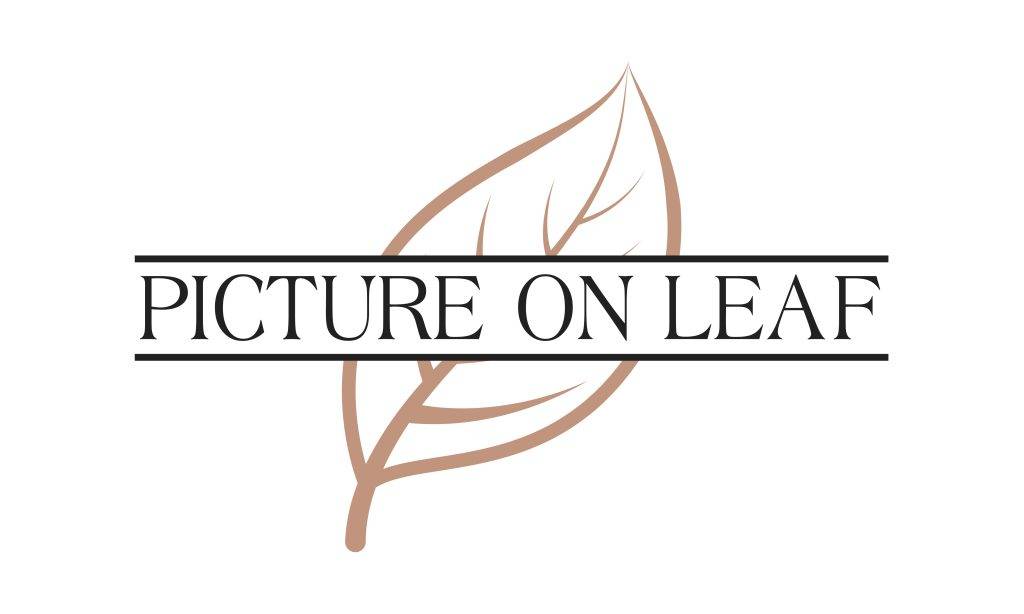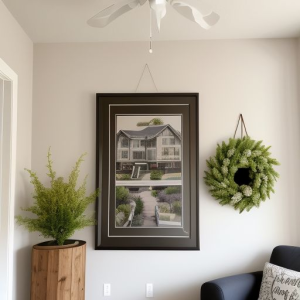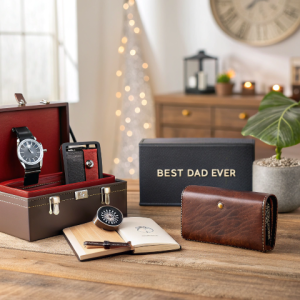Leaf painting, or leaf printing as it is also called, has gained popularity in recent years as a unique and environmentally friendly way of preserving memories and creating customized gifts. The top methods used include chlorophyll prints and laser prints. While both result in amazing images, they differ extensively in terms of process, lifespan, and overall quality. In this article, we delve into a detailed comparison to help you choose the most appropriate method for your leaf art.
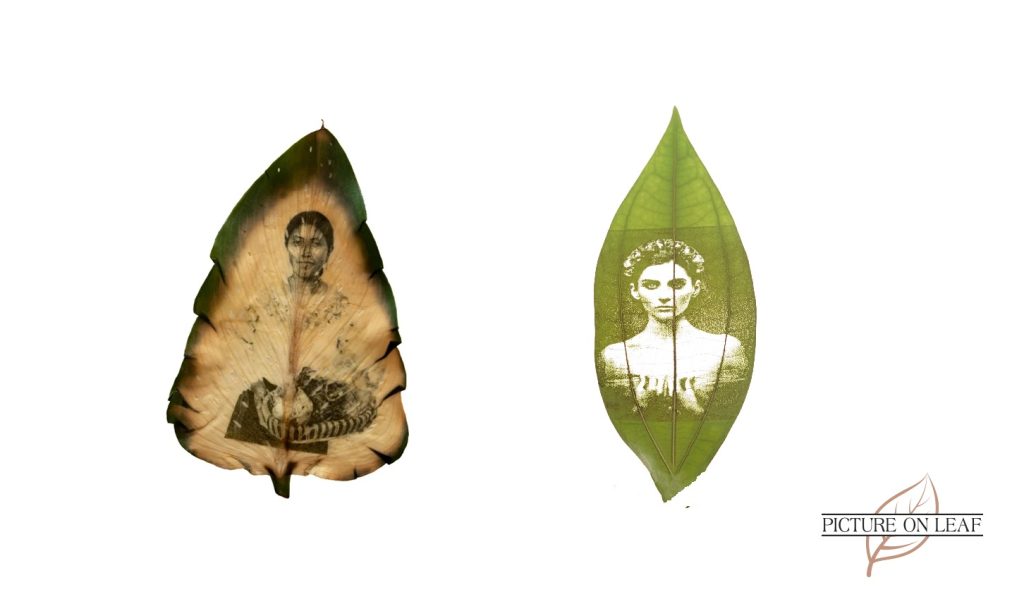
Chlorophyll Prints as Leaf Art
Chlorophyll printing or chlorophyll printing is one of the more recent methods in leaf art. It makes use of the natural chlorophyll content of the leaf to produce the print. It’s a less obvious process, utilizing specific inks and techniques that are sensitive to the cellular composition of the leaf. One fascinating type of chlorophyll printing bleaches the chlorophyll out using sunlight to make the image visible.
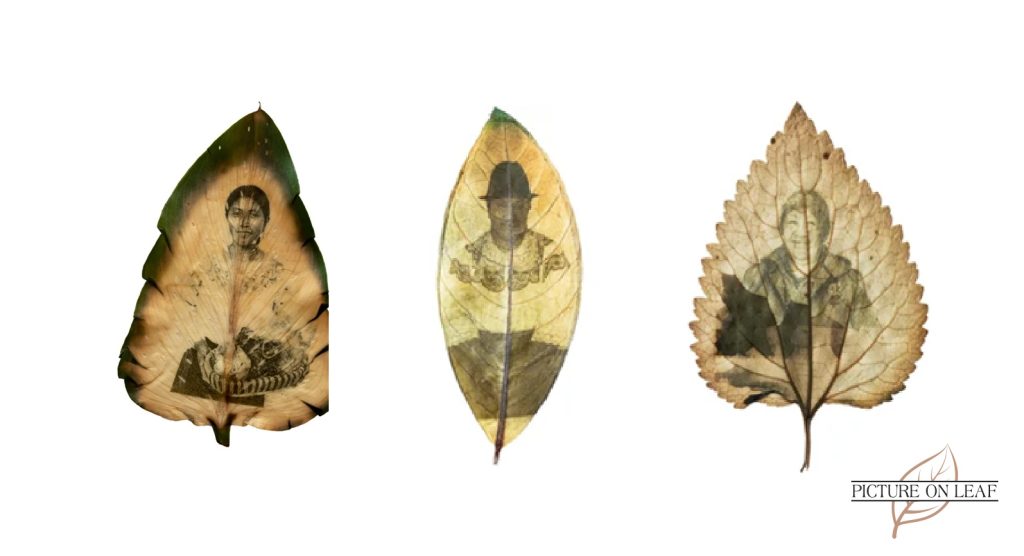
The Process of Chlorophyll Printing: Sunlight and Silhouettes
This process, with its popularity for its environmental friendliness, entails the use of a light-sensitive substance (mixture of ammonium ferric citrate and potassium ferricyanide) on the leaf. A stencil or mask, identical to the image one wishes to obtain, is placed on the leaf. The leaf is thereafter exposed to sunlight (the time it takes will depend on the strength of the sun and the intended effect, from several hours to several weeks). The areas of the leaf exposed to light undergo a bleaching effect, removing the chlorophyll and exposing a paler image on the darker, unexposed areas. The stencil is removed and the image remains. Finally, the leaf can be fixed with a fixative to stabilize the image.
The Chlorophyll Printing Process: Specialized Inks and Dyes
Another method is to laboriously prepare the leaf, introduce specialized inks or dyes that react with the chlorophyll, and then treat the picture with a process that causes it to harden, so that it won’t fade. The resulting print is a soft, usually muted one that appears to exist insofar as it is contained within the leaf itself. The colors are less intense and more integrated into the natural color of the leaf, creating a unique, almost painterly effect.
Advantages of Chlorophyll Prints
- Organic Appearance: The image blends seamlessly with the leaf, and it’s a very organic, natural appearance. It’s more about maintaining the personality of the photograph in the natural beauty of the leaf than that crisp, photorealistic print.
- Individual Aesthetic: Color and texture possibility variations create a distinct piece of art. No two prints of chlorophyll are alike.
- Environmental Friendly: Frequently uses plant-based ink and focuses on leaving the natural integrity of the leaf intact. Sunlight bleaching method is also very environmentally friendly because it utilizes a natural process.
Disadvantages of Chlorophyll Prints
- Limited Color Range: Chlorophyll prints tend to have a less saturated color range, which may be limited to muted colors and earth shades. Hard and bright colors are difficult to achieve.
- Higher Cost: The heavier, specialized inks, processes, and often longer processing time (hours to weeks, depending on the process and availability of sunlight) may result in higher cost compared to laser printing.
- Less Longevity: Chlorophyll prints are less durable compared to laser prints and are more liable to fade or deteriorate with the passage of time. They require care and protection from direct sunlight and moisture.
Laser Prints as Leaf Art
Leaf laser printing employs a laser to burn or print the leaf’s surface in order to create the image. The process is more detailed and accurate than chlorophyll printing. The method can be used for only ”Ping an” leaves, although the texture and thickness of the leaf might influence the end result.
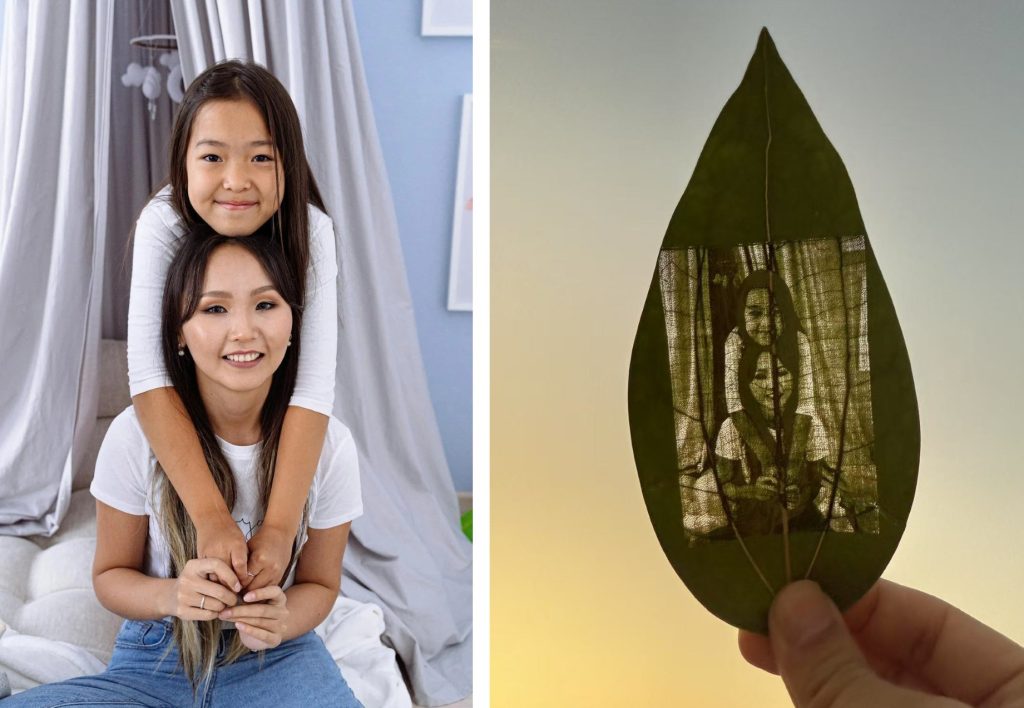
The Laser Printing Process
A high-resolution photo is sent to a laser printer for just this reason. The laser burns or sculpts off a very thin surface layer of the leaf and creates the image. The ensuing photograph is usually more detailed and true-to-life than chlorophyll prints. The contrast is typically finer and a wider range of tones can be achieved. The method can take just minutes.
Advantages of Laser Prints
- Improved Detail and Accuracy: Laser printing yields sharp lines, crisp details, and a photographically closer rendition of the image.
- Wider Color Gamut: While typically monochromatic (black-and-white or sepia), some advanced techniques offer more color variation.
- Longer Shelf Life: Laser-engraved images are more durable and less likely to fade or deteriorate than chlorophyll prints.
- Speed: The procedure is significantly faster, taking minutes to complete.
Disadvantages of Laser Prints
- Less Natural Look: The image resembles more of a print stuck on the leaf than being part of it. The contrast may be extreme, sometimes detracting from the aesthetic appeal of the leaf itself.
- Risk of Leaf Damage: The laser ablation technique has the capability to damage the leaf when poorly executed, resulting in tears or inconsistencies.
- Fewer Leaf Options: Certain leaves are more suitable for laser printing than others because of their texture and thickness.
Leaf Arts Comparison of Chlorophyll Prints vs. Laser Prints
| Feature | Chlorophyll Print | Laser Print |
|---|---|---|
| Process | Chemical reaction with chlorophyll, sunlight bleaching or specialized inks | Laser printing or ablation |
| Image Quality | Soft, muted, painterly | Sharp, detailed, photorealistic |
| Color Range | Black and white | Black and white |
| Durability | Lower, easily susceptible to fading and damage | Higher, more durable and less susceptible to fading and damage |
| Cost | Usually higher | Usually lower |
| Eco-Friendliness | Usually employs plant-based inks, sunlight process highly eco-friendly | Can be less eco-friendly because of using electricity |
| Processing Time | Hours to weeks | Minutes |
| Aesthetic | Natural, organic, combined with leaf’s texture | Crisp, precise, print-like appearance |
Choosing the Right Printing Method
The best type of printing is according to your requirement. If you want a natural, subtle impression and are willing to pay extra for a unique, eco-friendly piece of work that may not be as durable, chlorophyll printing would do the job. If you value clear definition, better durability, and quicker printouts, laser printing would be a better choice.
Consider the work itself. A watercolor could be better for chlorophyll print, while a transparent photograph can be improved by laser printing. Think about where the finished piece will go. Chlorophyll print can be more appropriate for a less lighted area to prevent fading.
Leaf Art as a Gift
Leaf art is one of the most unique Gift ideas nowadays that is available in a personalized and original touch. For birthday, holiday, or anniversary gifts, a leaf print is a gentle reminder that will be treasured for years. The application of chlorophyll and laser printing could determine the overall atmosphere of the gift. A chlorophyll print can convey a more artsy, handmade atmosphere, while laser printing is more precise and modern.
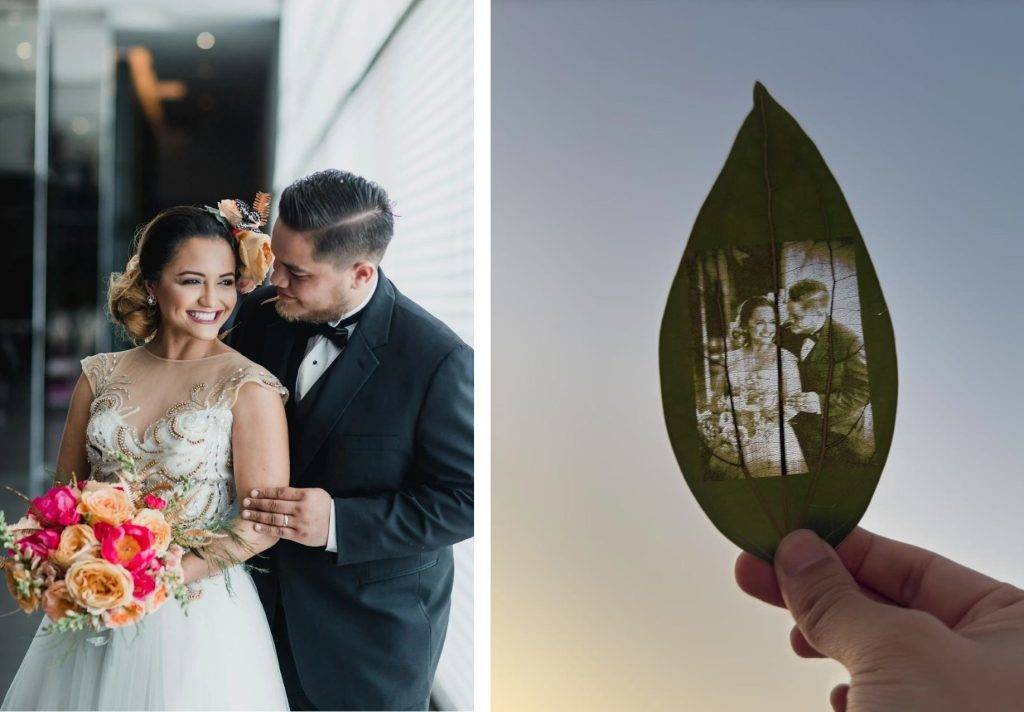
Picture on Leaf and Beyond
While Picture on Leaf boasts a myriad of leaf art options, a few artists and businesses sell in chlorophyll or laser printing. Looking into artists and techniques will help you find your perfect leaf print for your vision and price range. Make sure to consider forms of leaves, image complexity, as well as beauty desired in selecting your leaf print.
Conclusion
Both of chlorophyll and laser printing possess its own unique strengths and limitations. Understanding how they differ allows you to make an educated decision based on your individual preference, and the specific beauty of your chosen leaf art. Whatever the delicate charm of chlorophyll or laser precision, leaf art is a powerful way to celebrate memories and draw on nature’s masterpieces. The choice ultimately comes down to your personal preference for aesthetic and the desired level of detail and durability.
